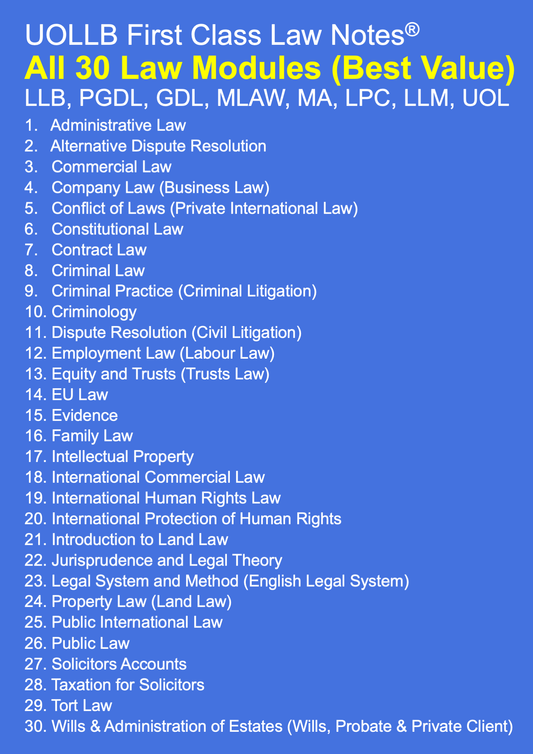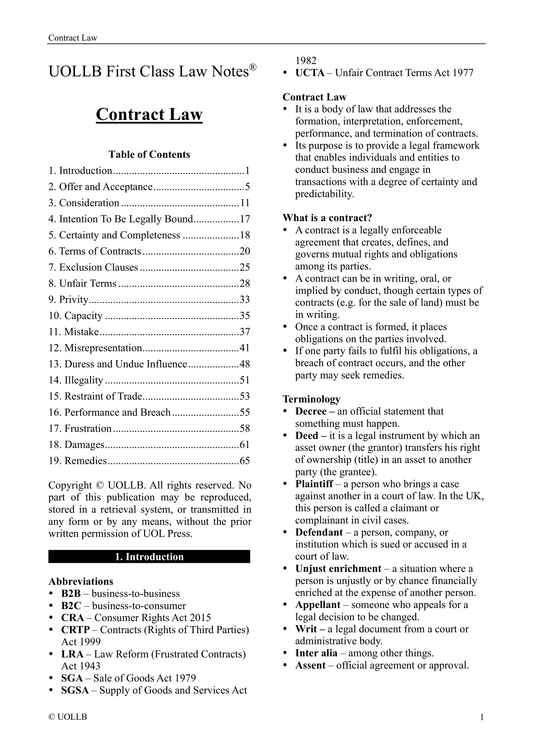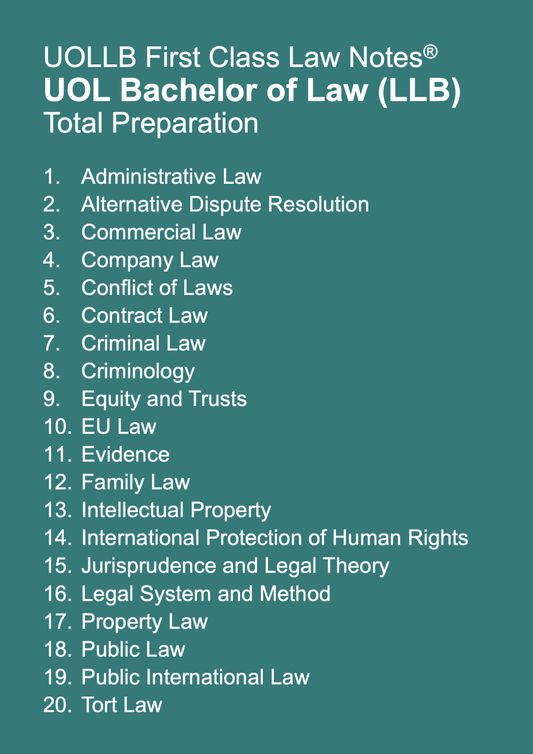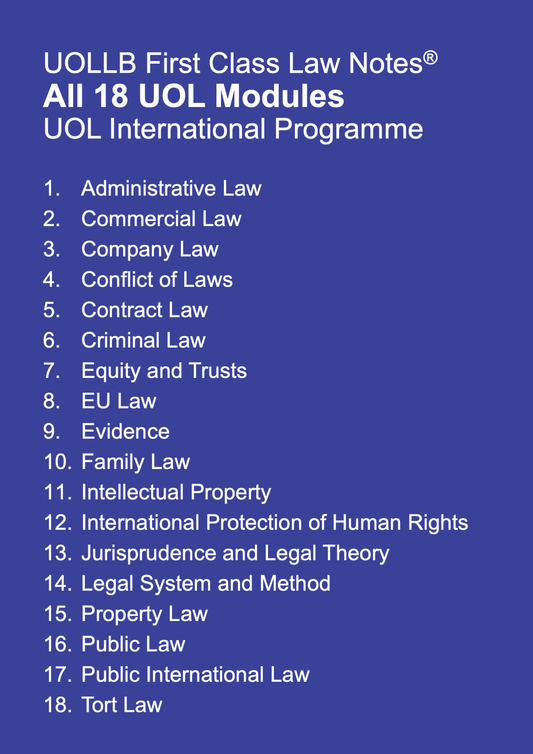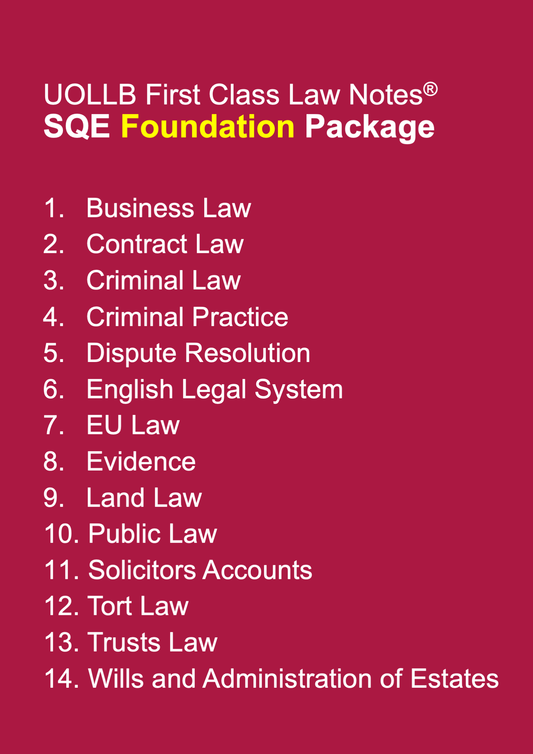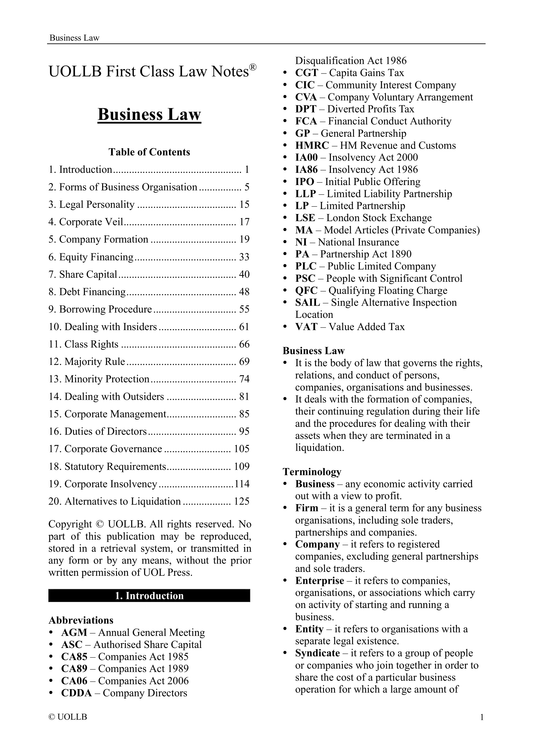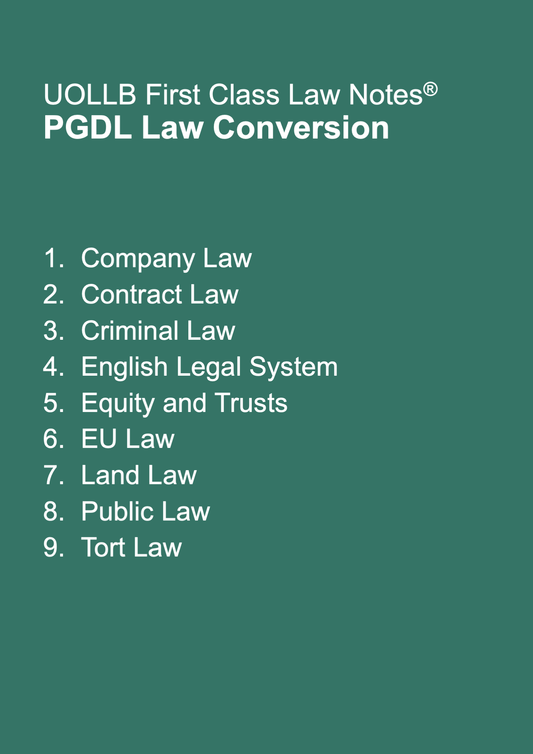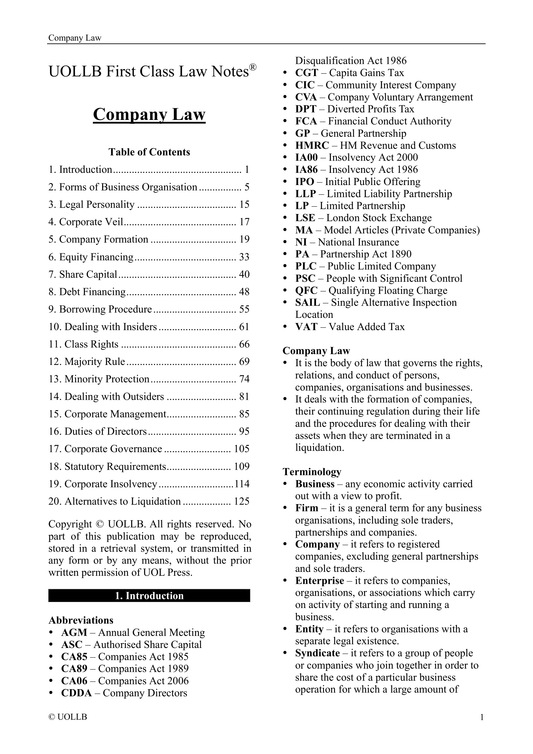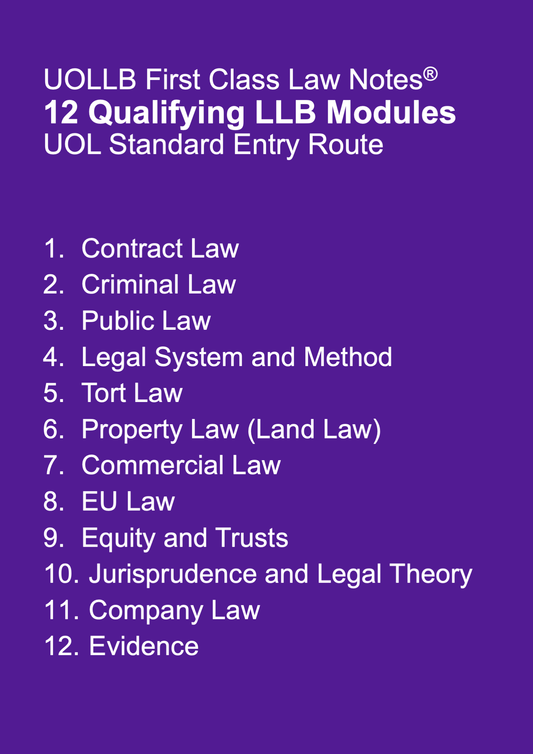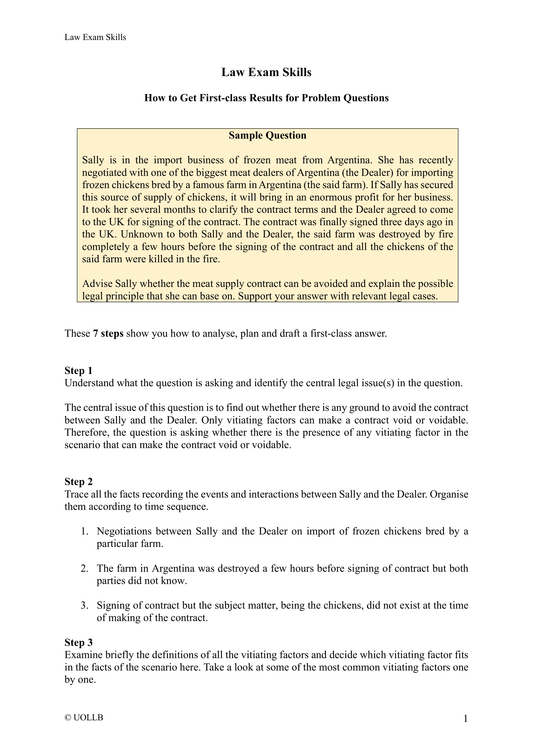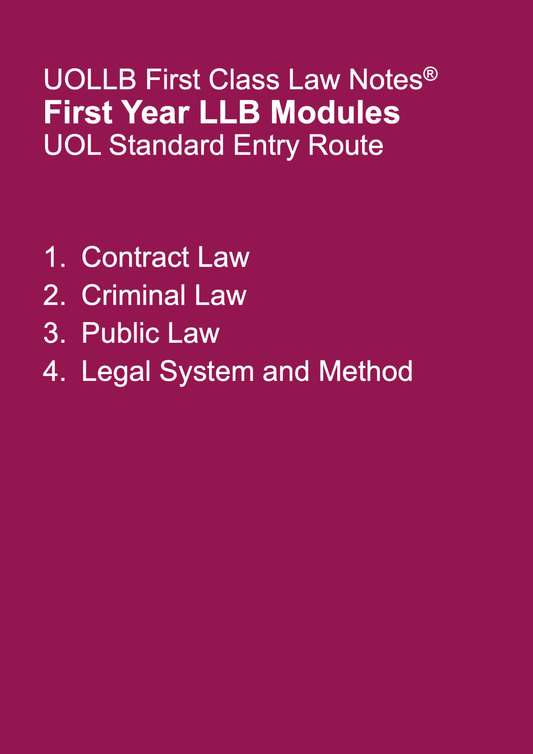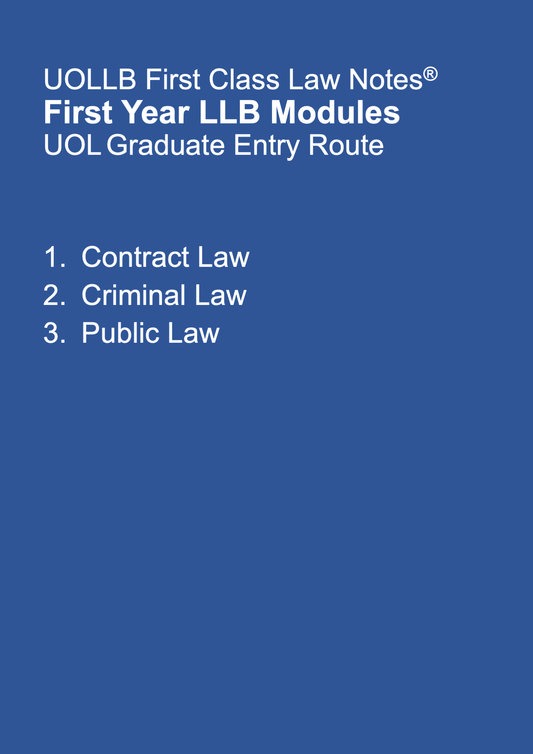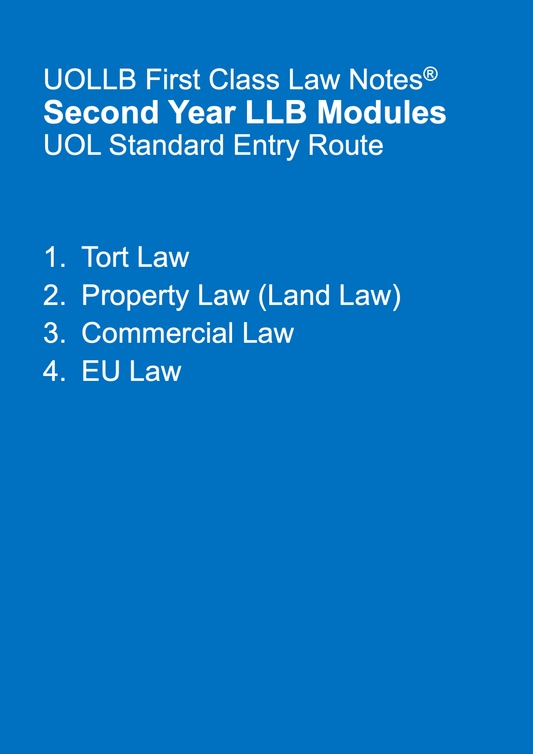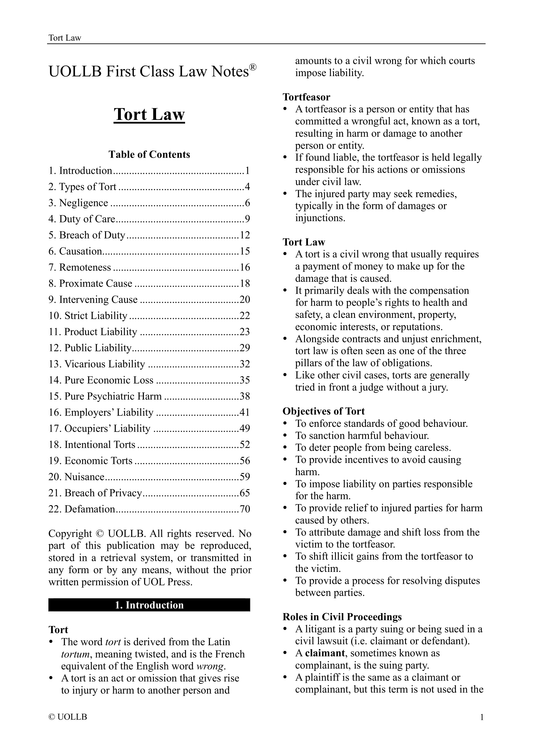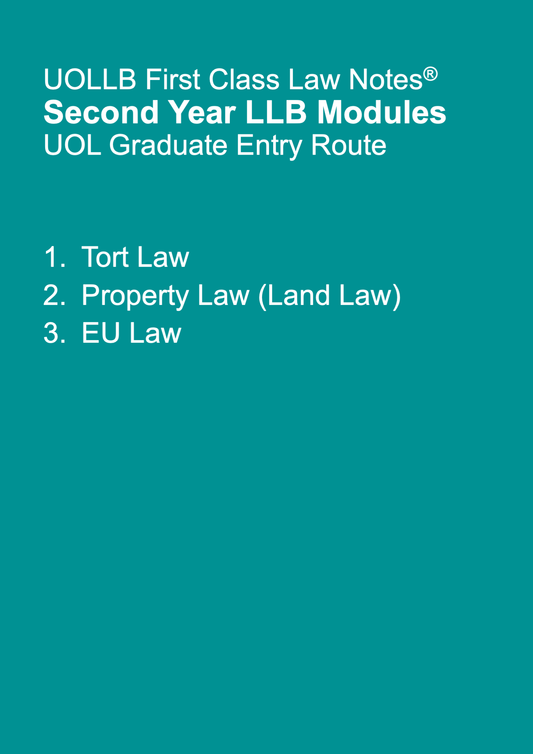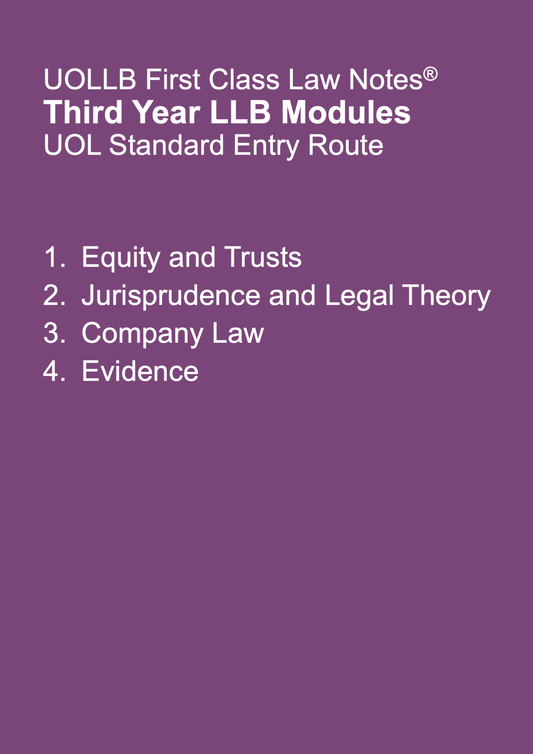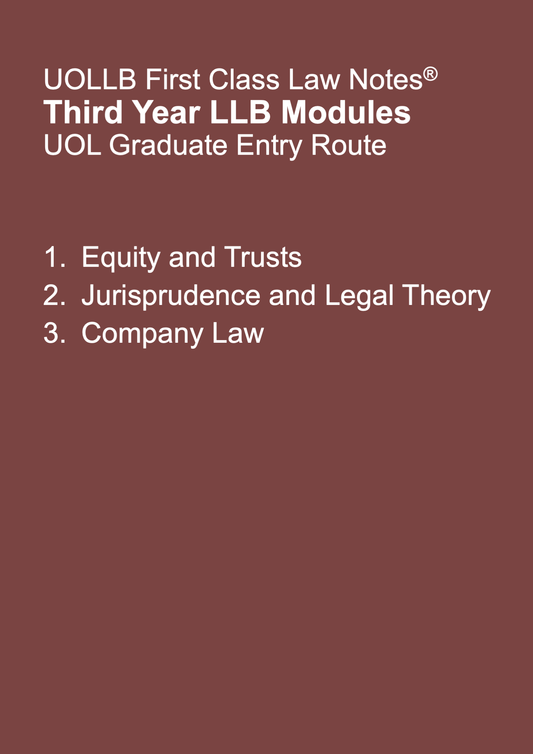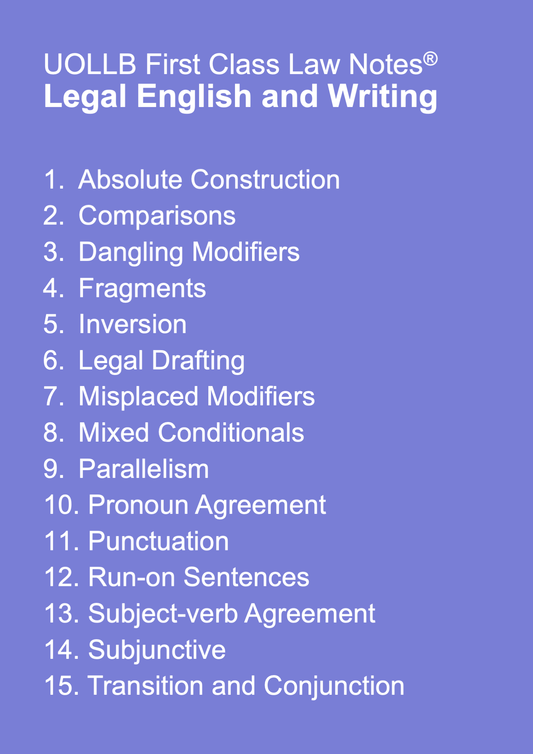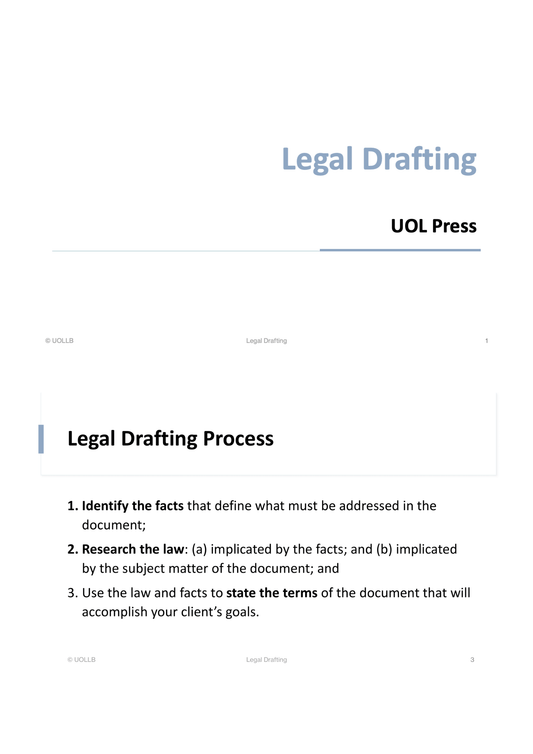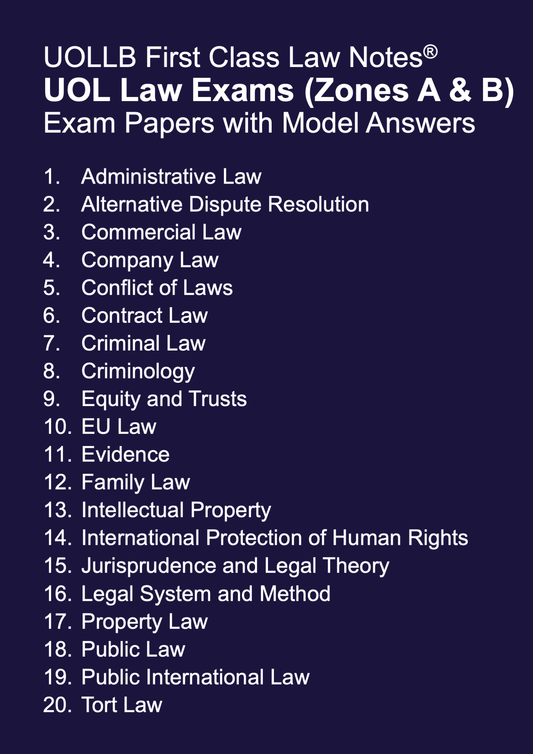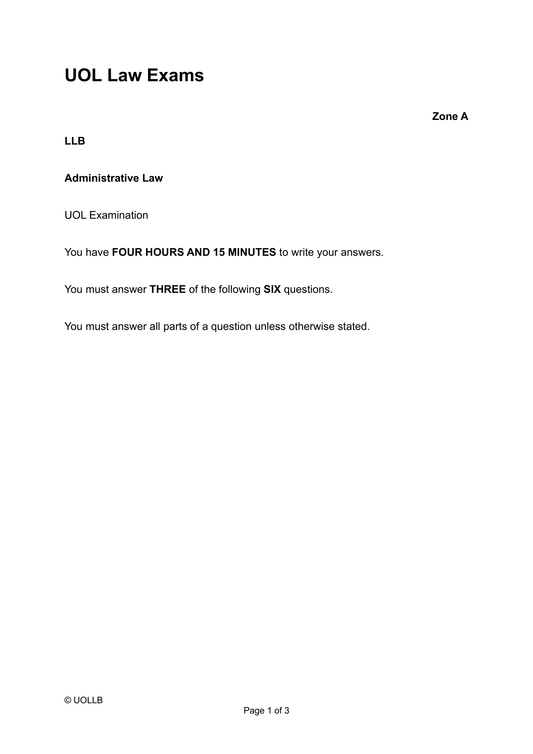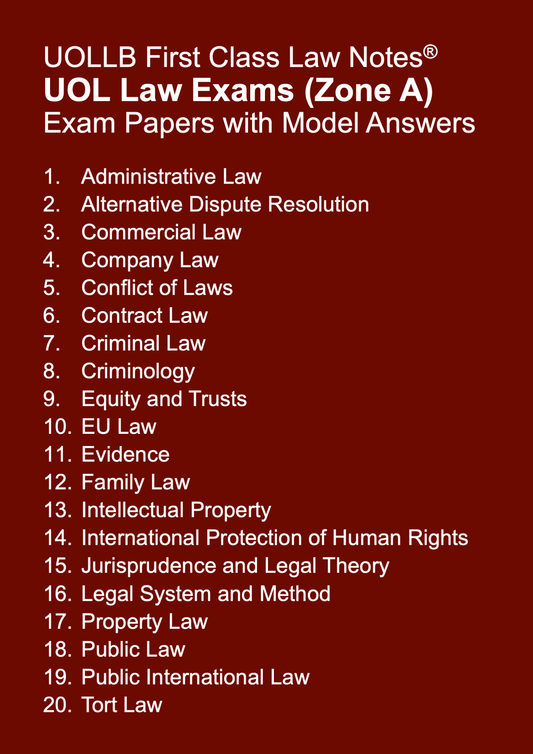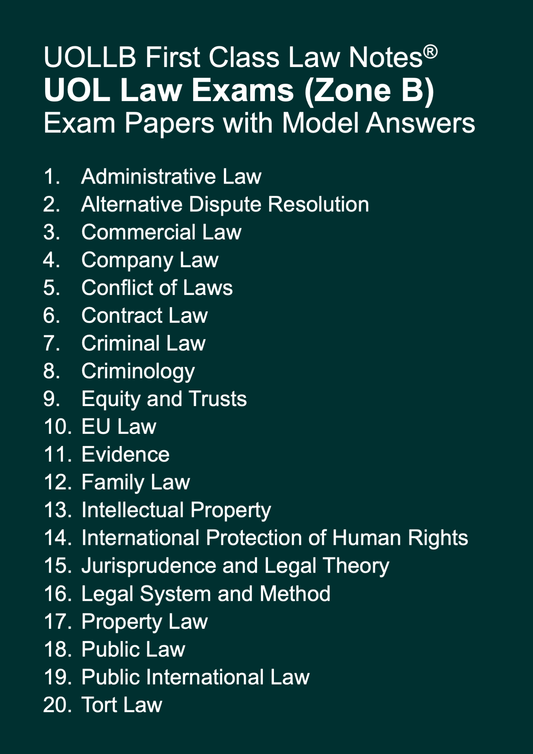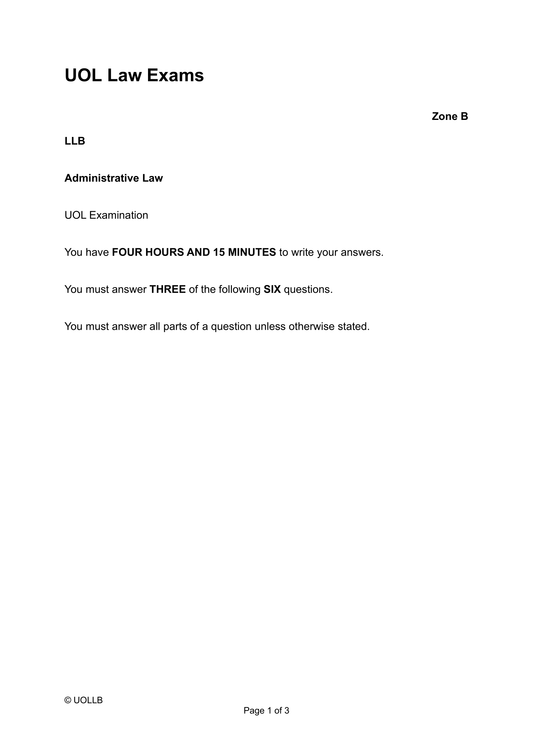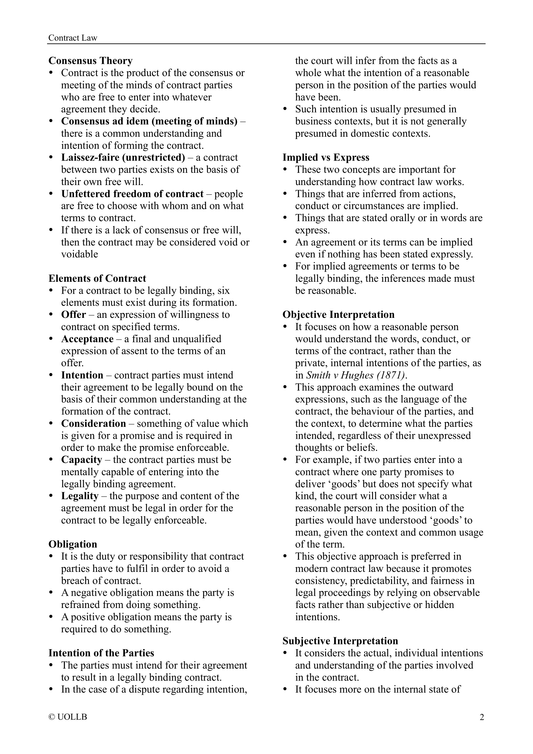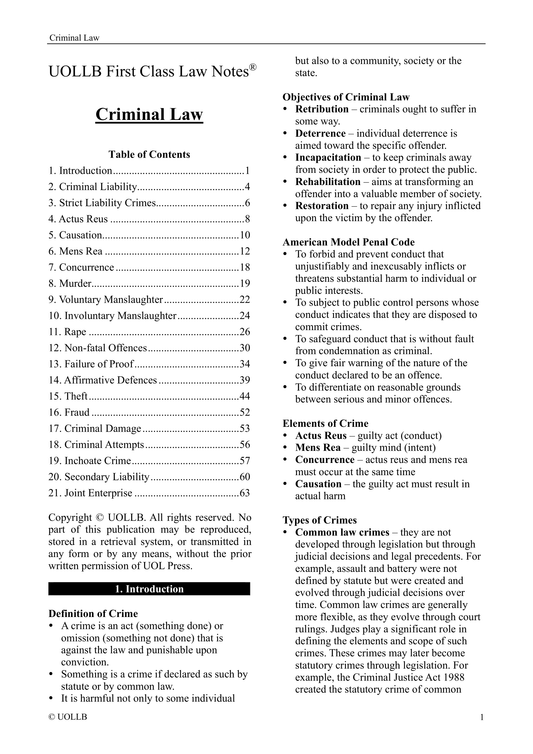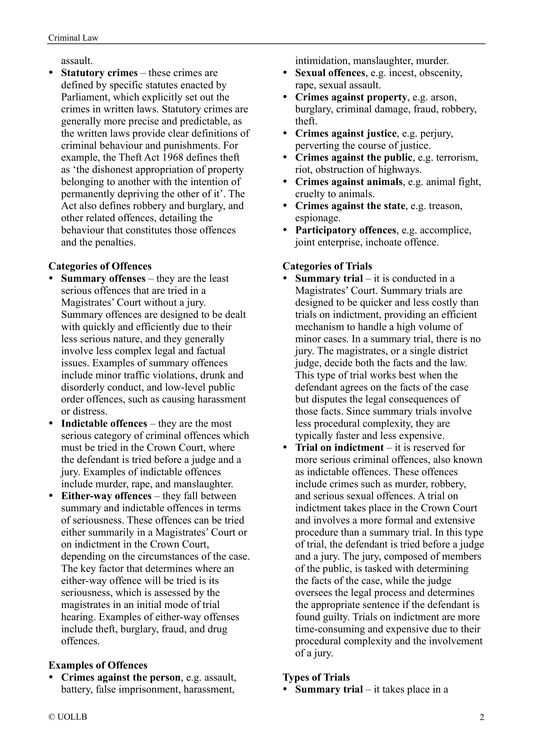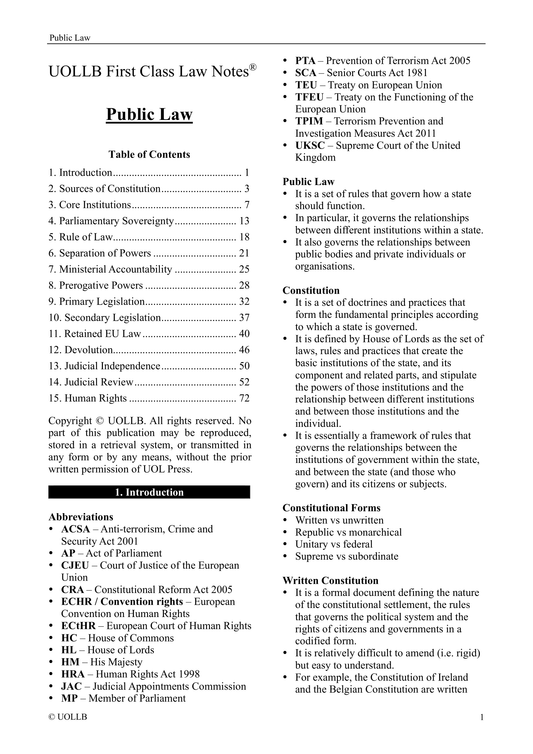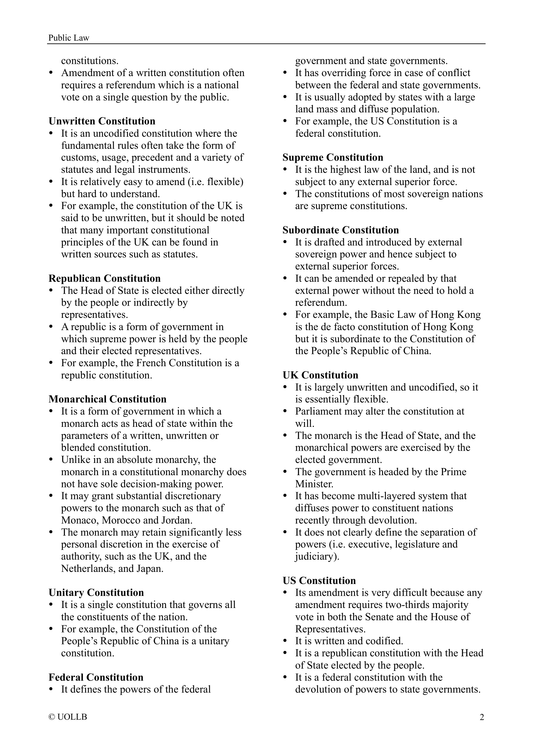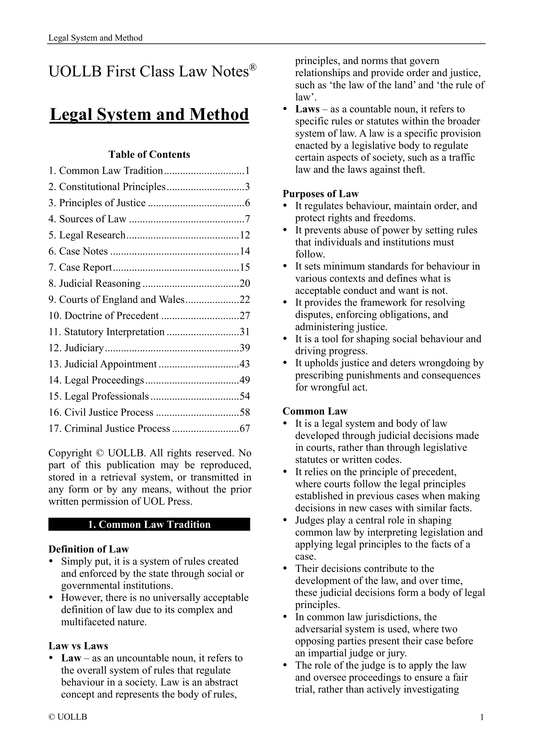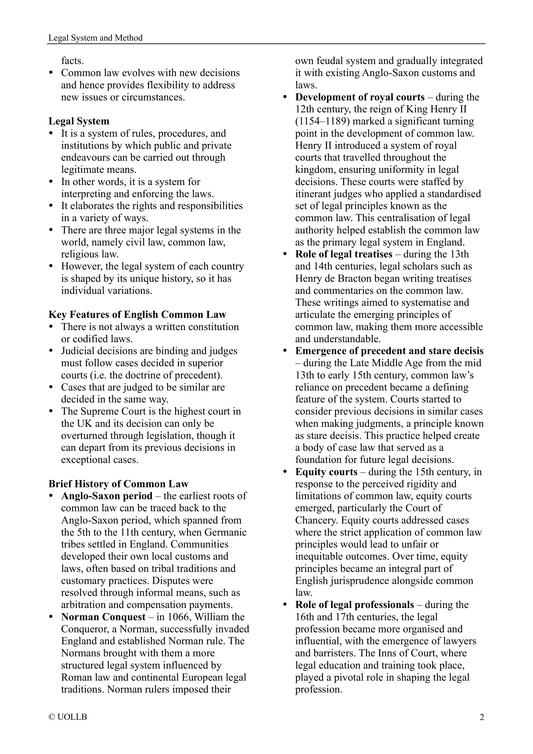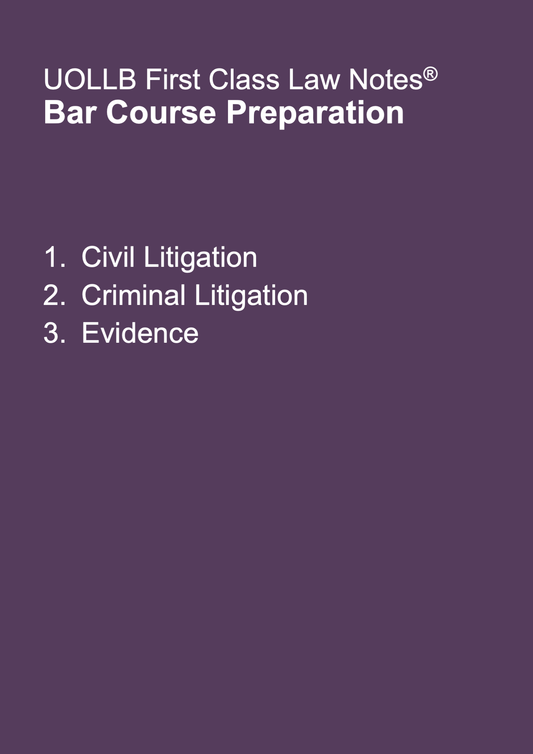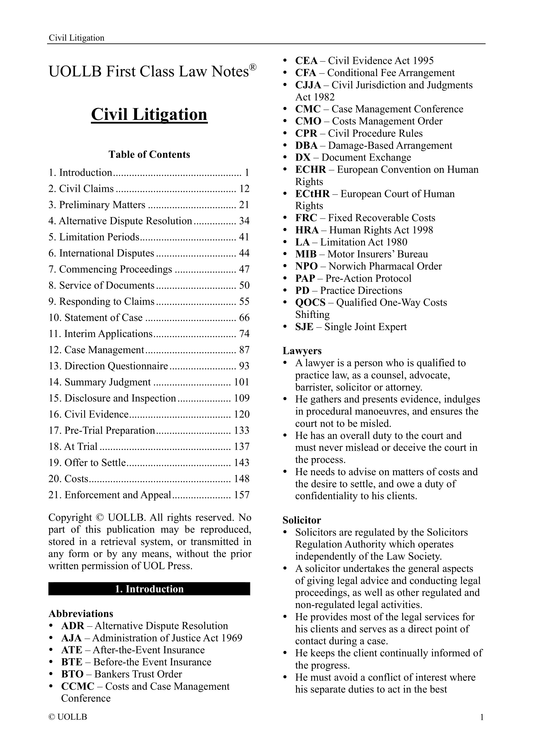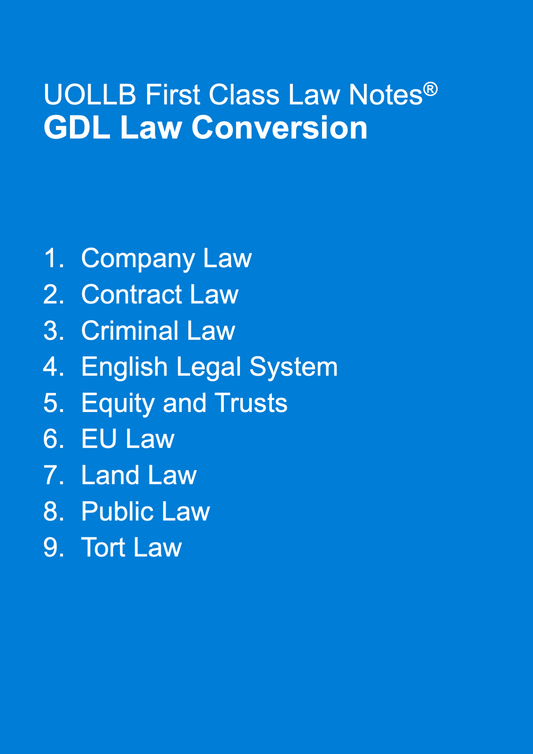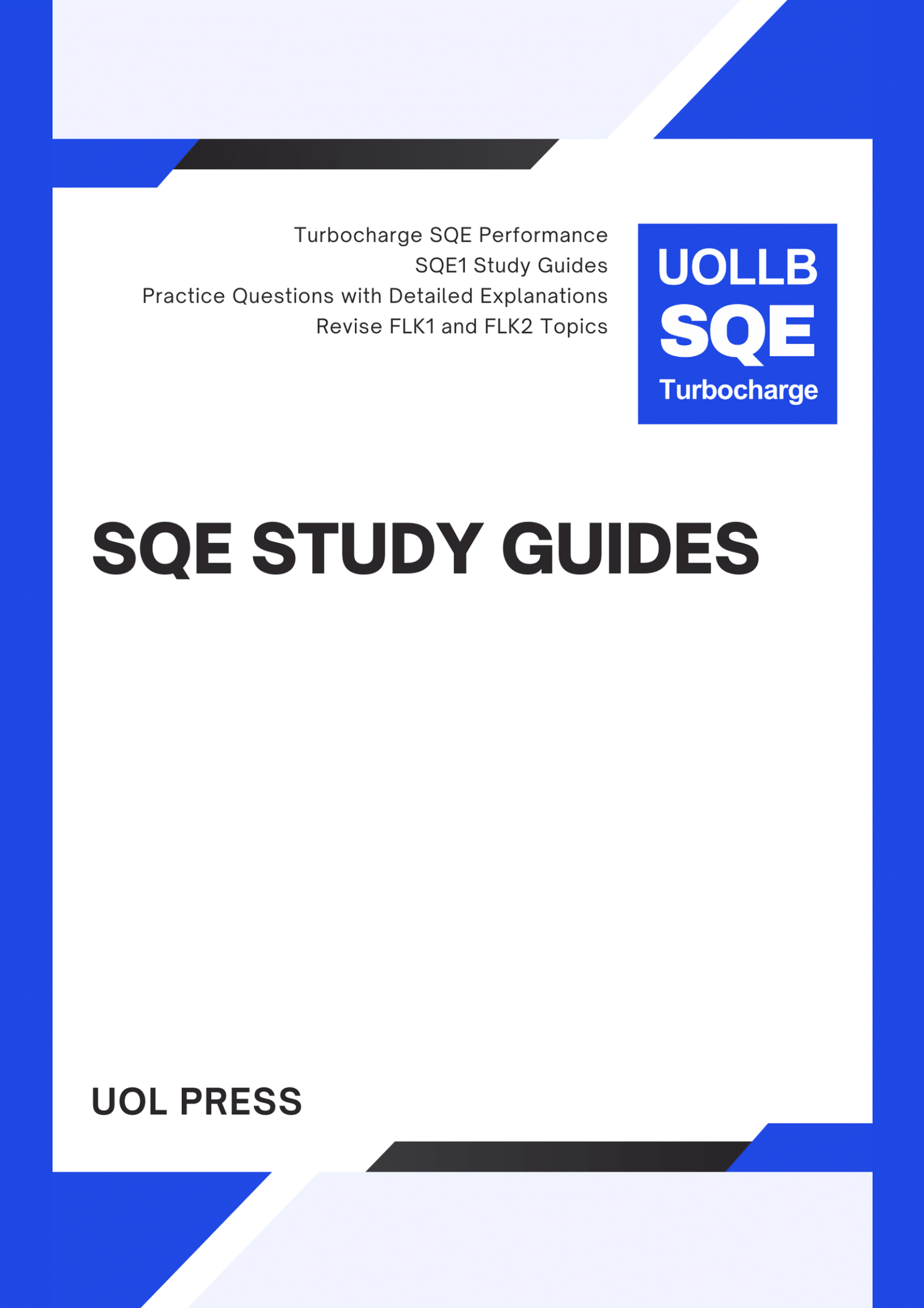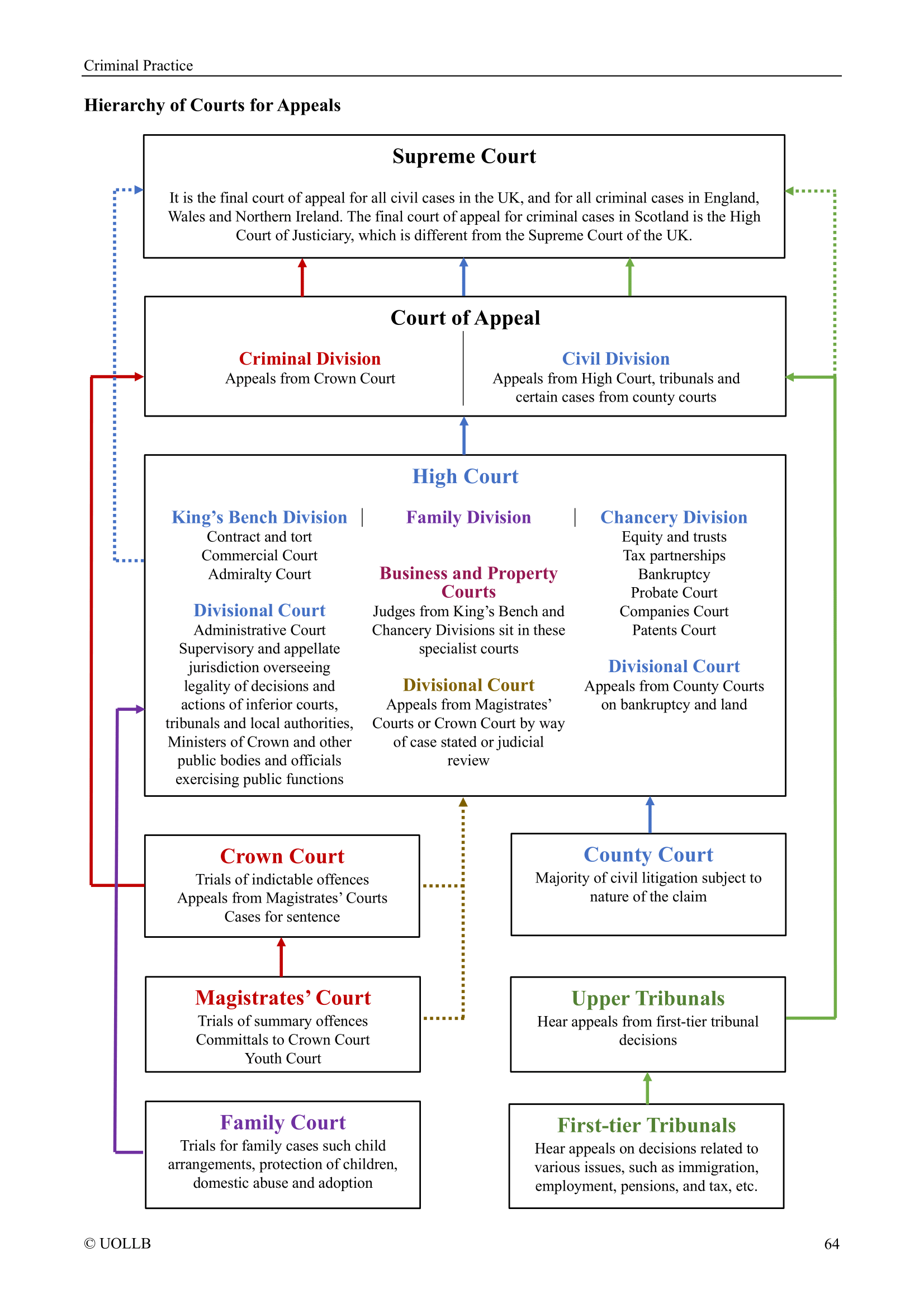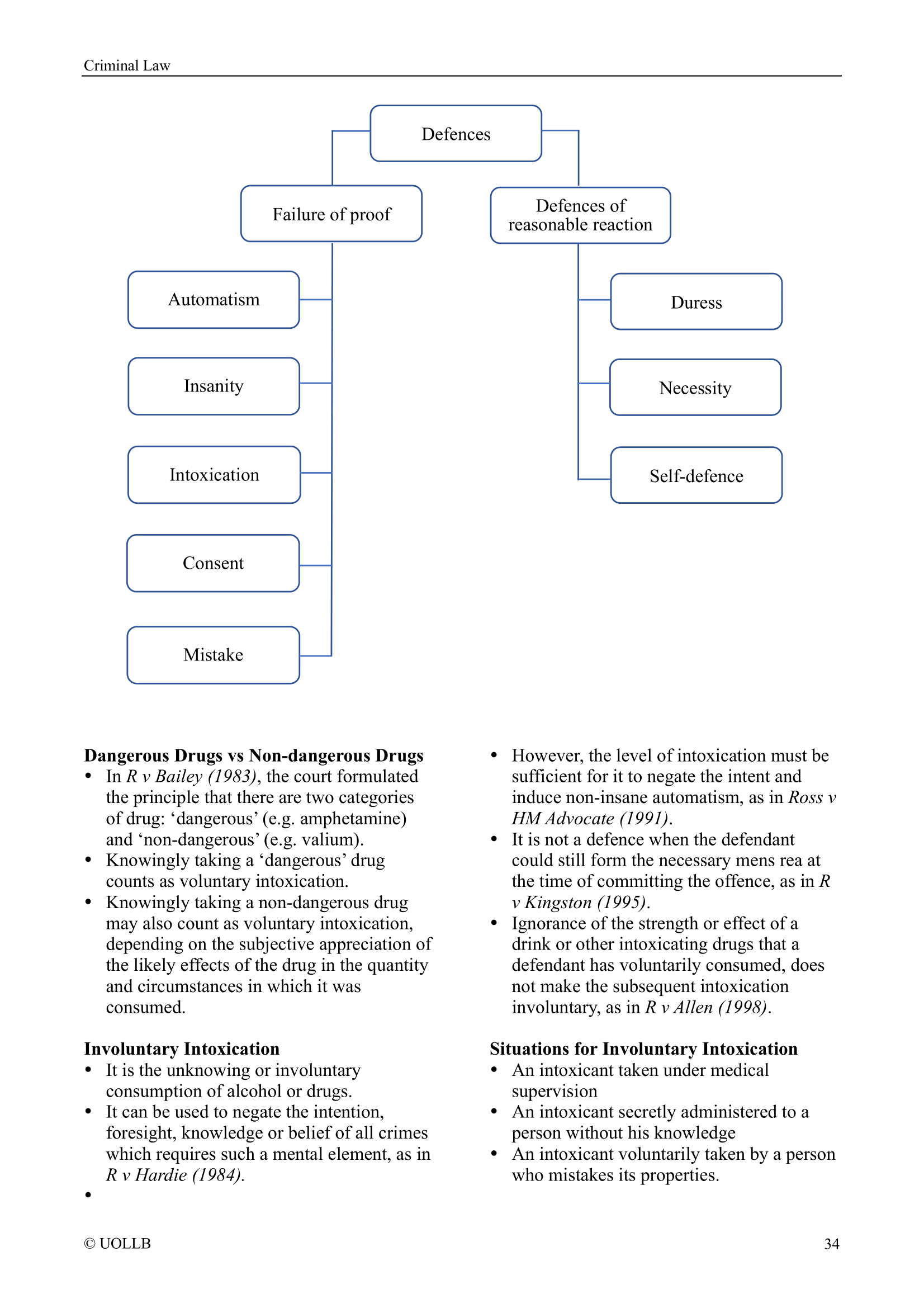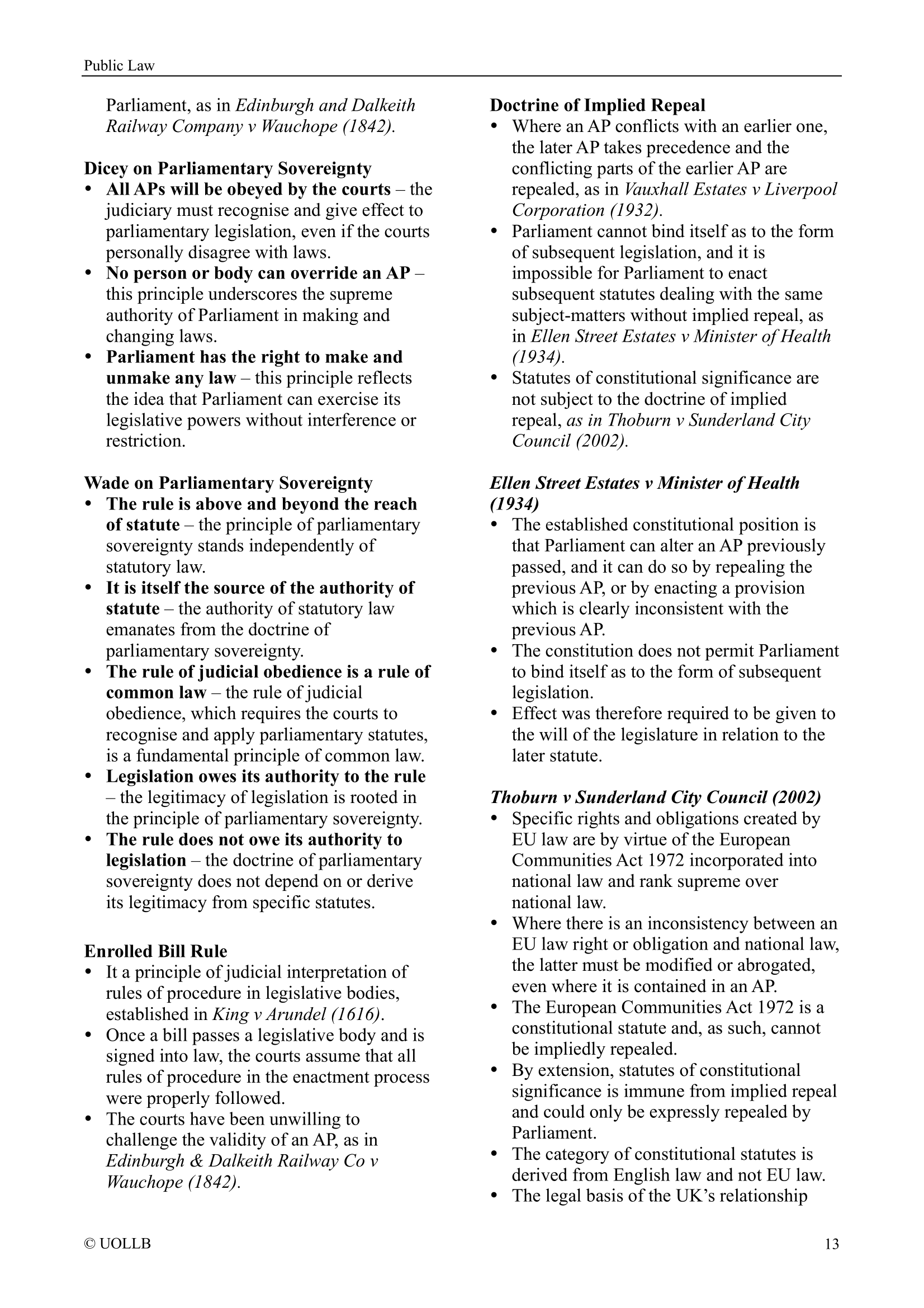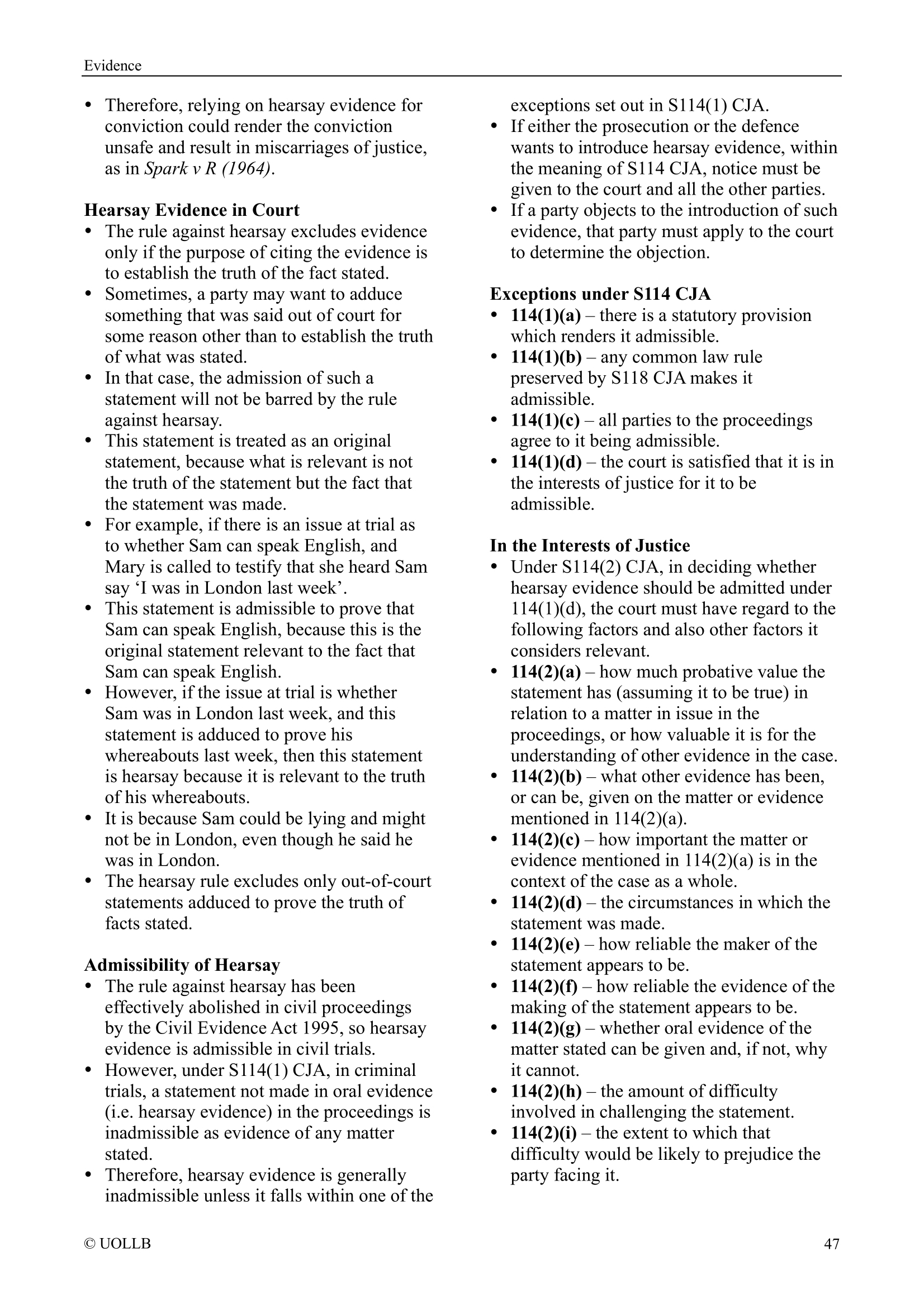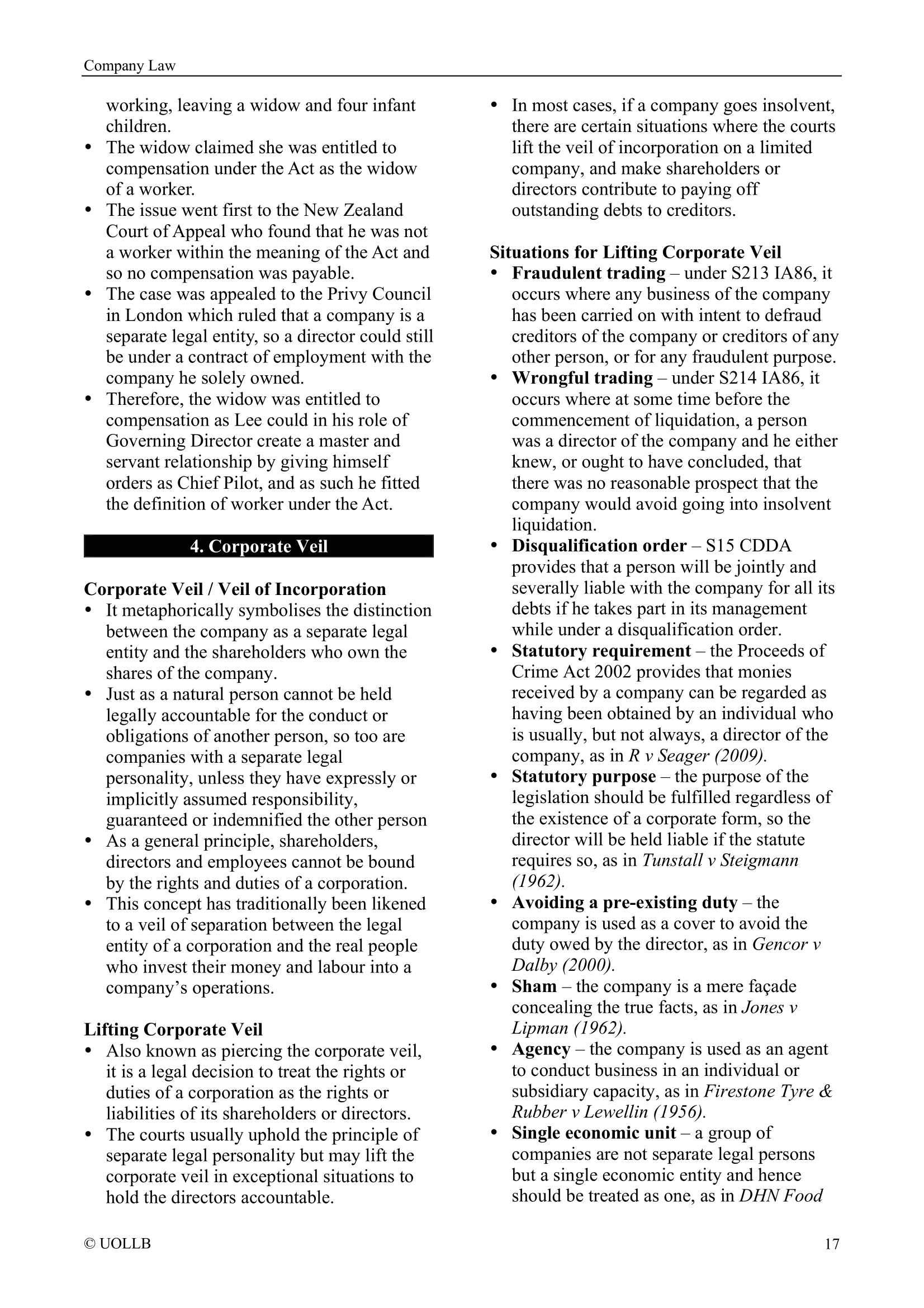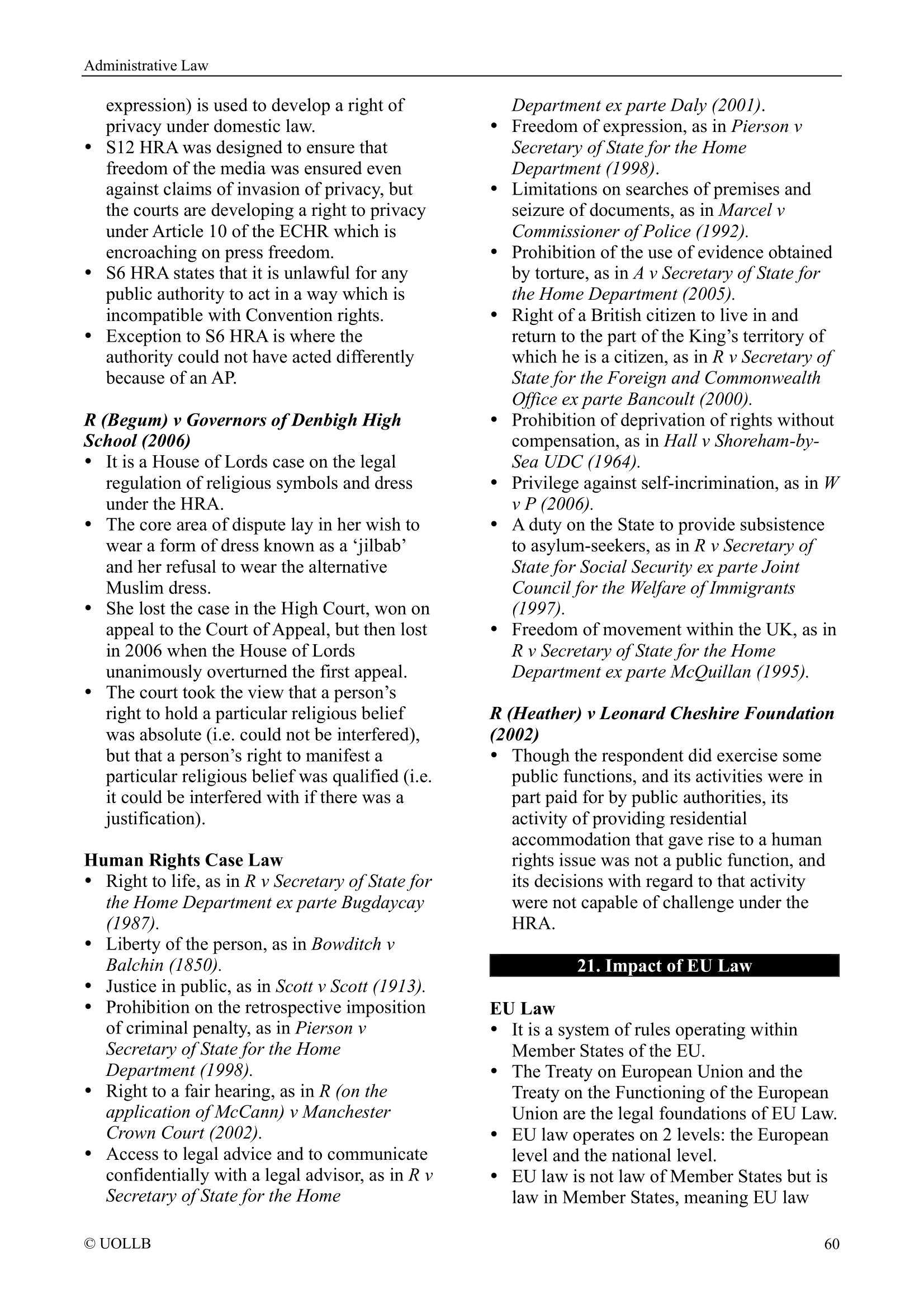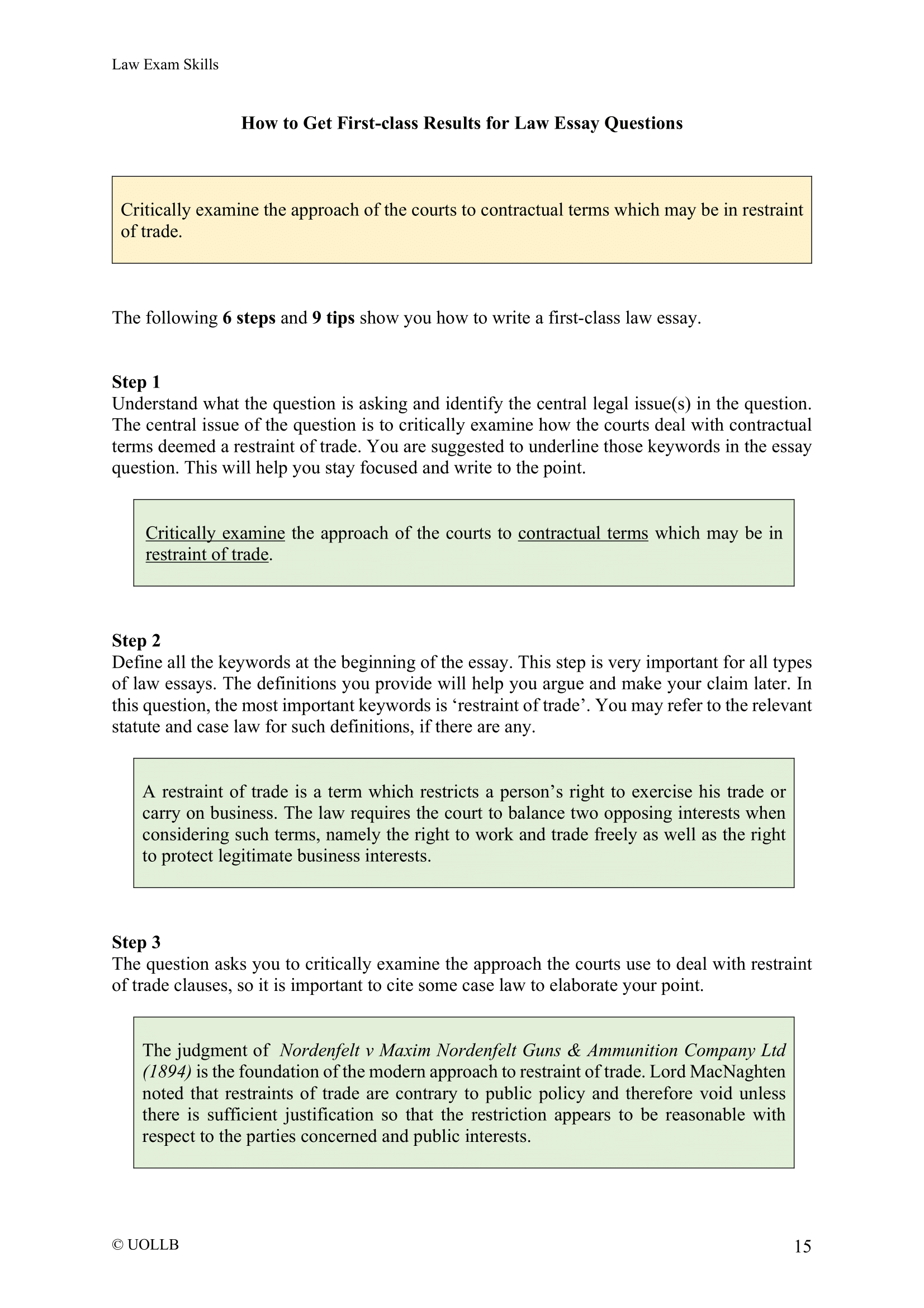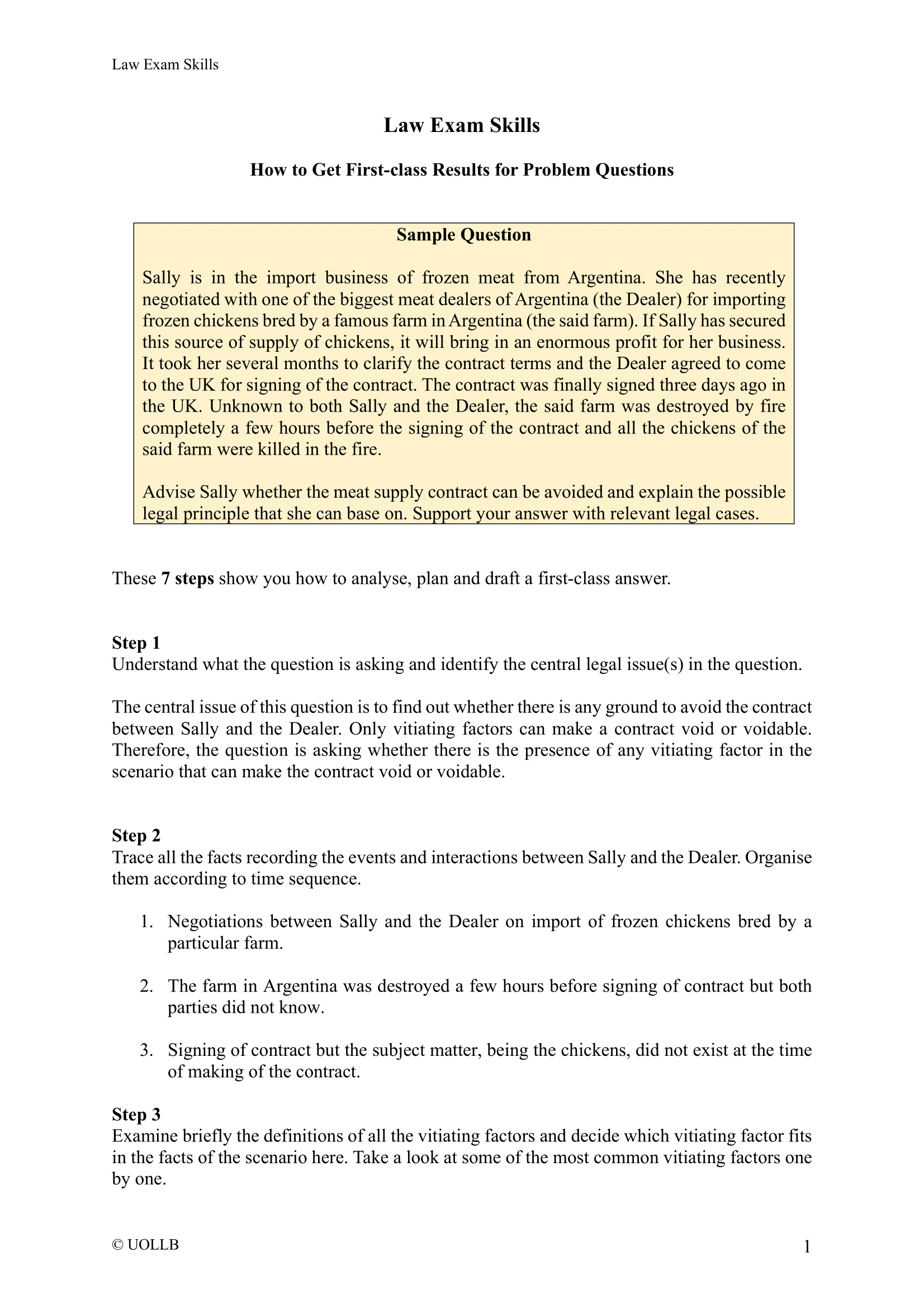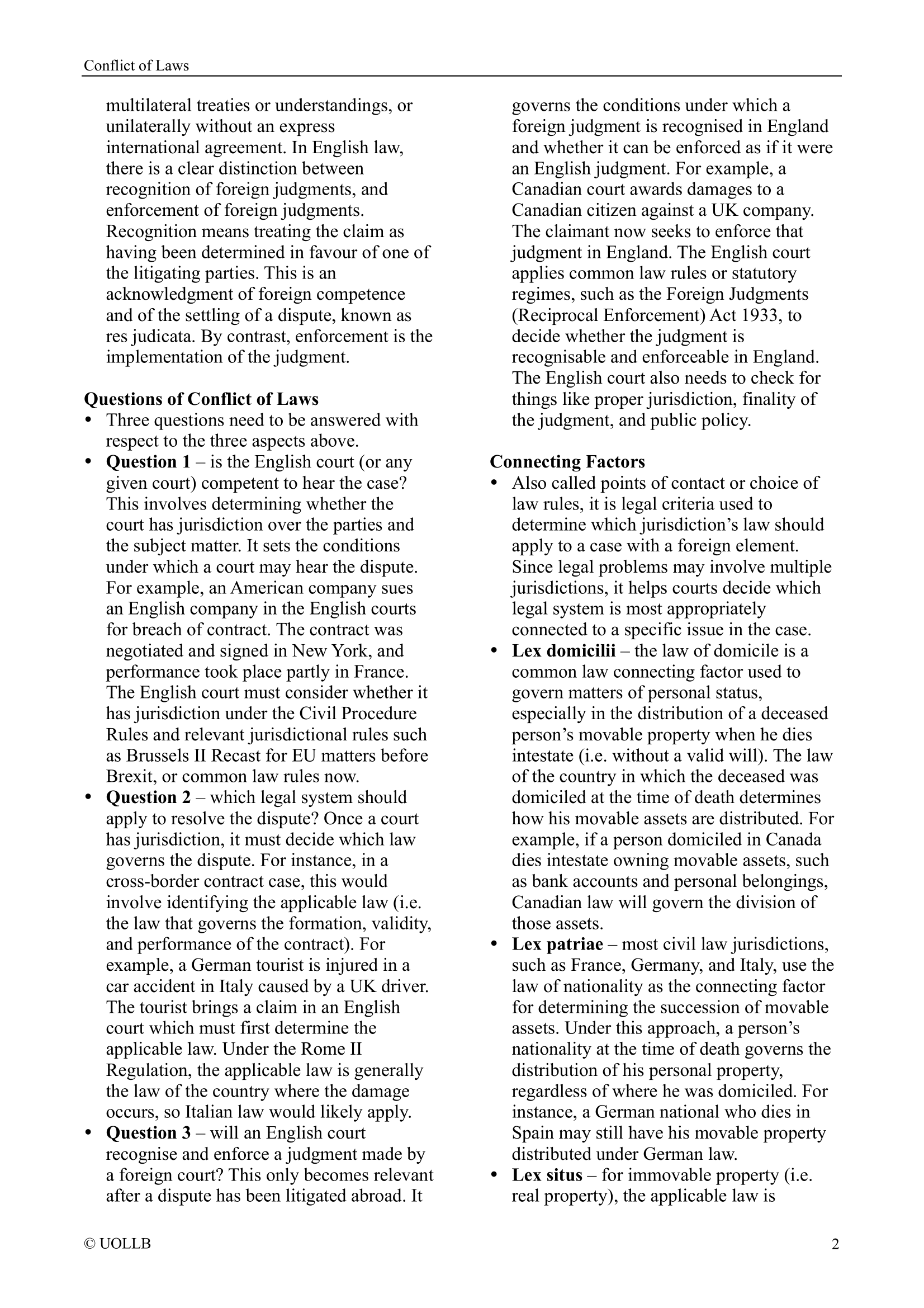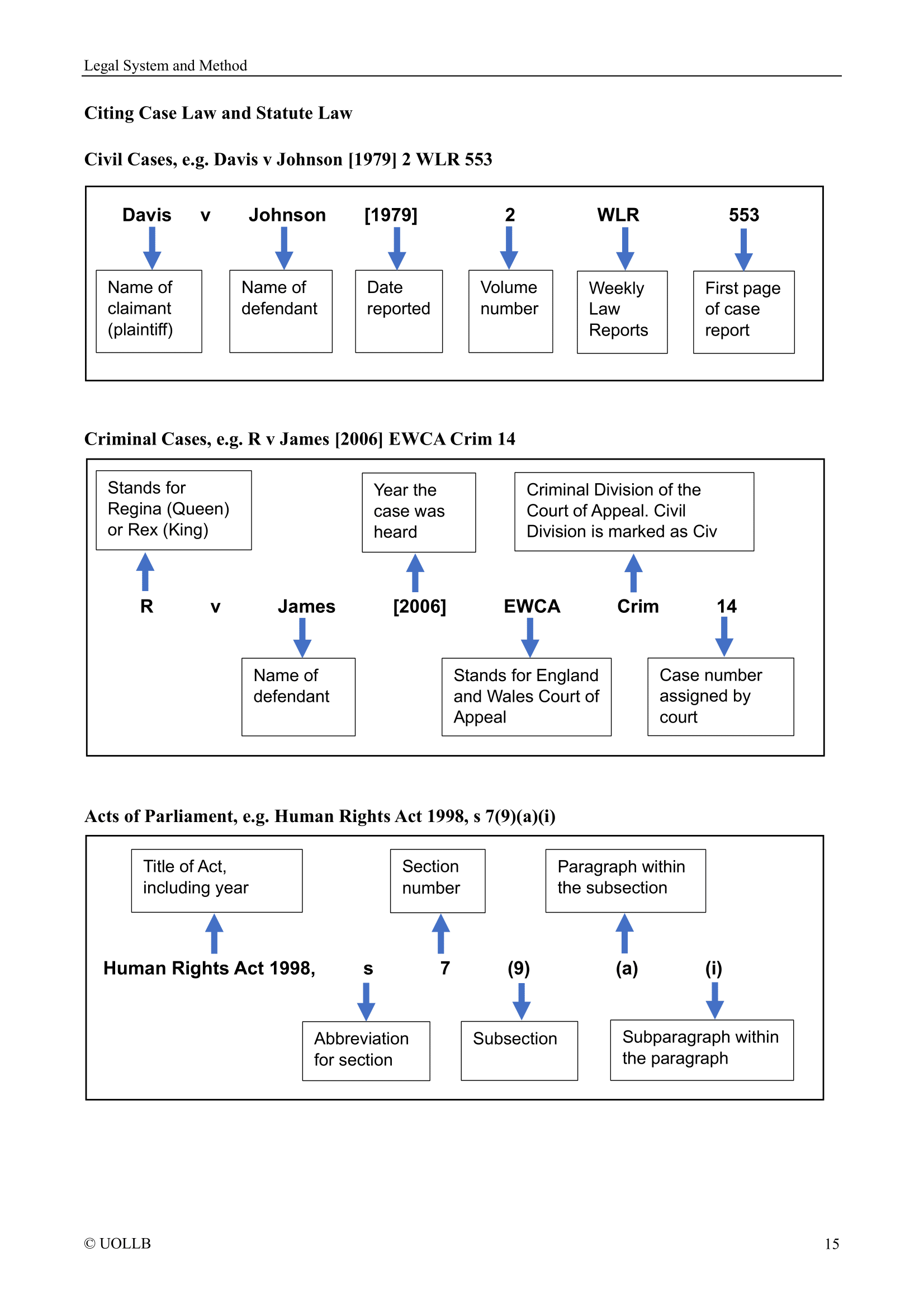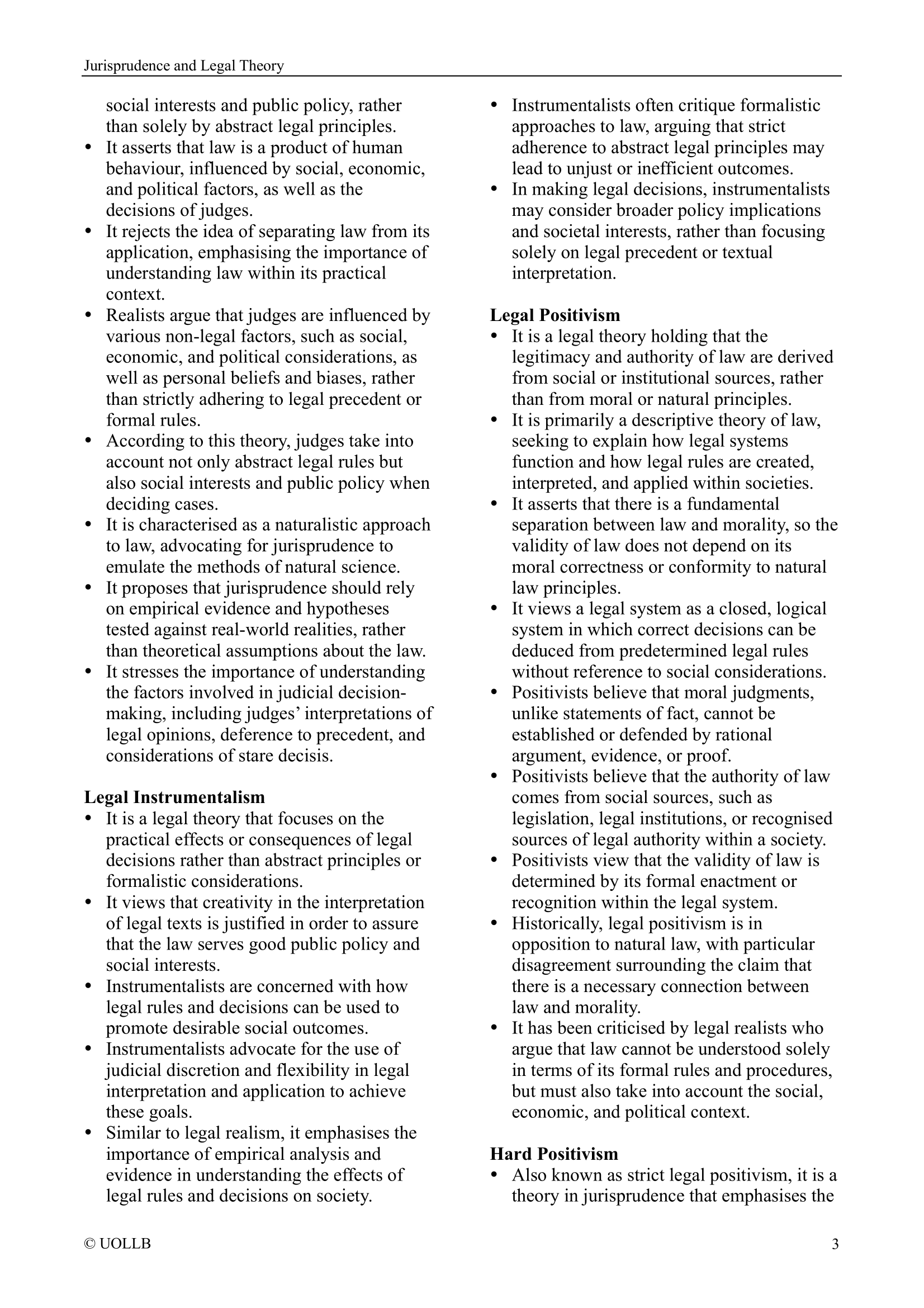Separation of Powers in Russia
Share
The concept of separation of powers refers to the division of government powers among different branches or institutions to prevent the concentration of power in a single authority. In the case of Russia, the principle of separation of powers is also recognised, although the practical implementation may differ from other systems.
The Russian Constitution establishes a tripartite division of powers, which includes the executive, legislative, and judicial branches. However, it is important to note that in practice, the separation of powers in Russia has been subject to certain challenges and criticisms, with some scholars and observers arguing that there is a significant concentration of power in the executive branch.
Executive branch: The executive branch in Russia is headed by the President, who is elected by the people and serves as the head of state and the head of government. The President exercises significant executive powers, including the appointment of key government officials, the formulation of policies, and the implementation of laws. The executive branch also includes the government, which is responsible for implementing policies and managing state affairs.
Legislative branch: The legislative branch in Russia is represented by the Federal Assembly, which consists of two chambers: the State Duma (the lower house) and the Federation Council (the upper house). The State Duma is responsible for initiating and passing laws, while the Federation Council reviews and approves legislation. However, it is worth noting that the State Duma, dominated by the ruling party, has significant influence in shaping legislation.
Judicial branch: The judicial branch in Russia is responsible for interpreting and applying the law. The judiciary includes the Constitutional Court, which ensures the constitutionality of laws, and the system of courts at various levels, including district courts, regional courts, and the Supreme Court. The judiciary is tasked with safeguarding individual rights, resolving disputes, and ensuring the rule of law.
While the formal structure of the separation of powers exists in Russia, there have been concerns about the practical independence of the judiciary and the concentration of power in the executive branch. Critics argue that political influences and pressure can hinder the independence and impartiality of the judiciary, impacting the separation of powers.
It is important to note that the implementation and effectiveness of the separation of powers in any country can be subject to various factors, including the political climate, legal framework, and societal dynamics. The specific dynamics of the separation of powers in Russia are influenced by its unique historical, cultural, and political context.
